This particular Honda 400 is the 1977 F model the mastery with this engine is its simplicity in its layout and construction, horizontally split crankshafts and there usual sandwich of barrels, head and cam cover make it a joy to work on. These engines as with all the CB 4 cylinder models can be taken completely apart with the simplest of tools in about 5 hours. As is typical with all Japanese motorcycles there is the usual array of seals and gaskets to ensure oil tightness and keep out dirt ingress. The multitudes of seals are needed on these Honda engines as they have a very generous amount of circulating oil particularly in the top end.
The 8 valves,4 pistons and as usual the cam shaft that rotates in journals cut into the cylinder head need plenty of clean filtered oil.
Honda CB400s run on rather the hot side because of the compactness and shallow Finning and of Coarse higher than average oscillating speeds of the moving components. Disassembly is of Coarse easier than assembly and great care and diligence has to be maintained during the rebuild as certain rules typical to CB 4s on assembly will apply. This type of engine restoration is not for the faint hearted as all parts have to be kept in order and assessed for wear or damage. When rebuilding CB four cylinder engines the first part of our inspection will be the camshaft as it will be the first mechanism operated part uncovered during our strip down.
a well cared for engine after about 25 thousand miles of running and regular oil changes will show about .005 thou of wear on the cam lobes. 50 thousand miles of normal riding with the usual regular oil change will show .010 thou of wear. For a CB 400 four of 1977 vintage this will equate to 2500miles a year of riding for 20 years as this particular bike had also not run since 1997. Wear on the cam lobes have been noted in our workshops of up to .050 or 1.27mm and have only a small detrimental affect on performance. We have sectioned several old cams in half from CB400s up to CB750s and found that the hardness depth ranges from .035 thou or 0.88mm to .57 thou or 1.4mm. Camshafts are made from a metal that can be made hard through heat or chemical treatment and the usual depth or hardness is about .030 to .040 thou deep and a typical material specification is en 36B. If a camshaft was hardened right the way through it would snap like a carrot in no time at all. So what we are looking for is a tough inner core material strength and a really hard coating of hardness of about .035 thou deep, this will allow a certain amount of flex which is needed for long service life in a camshaft. Camshafts, when you get to know them can tell you a lot about the engine history. This particular CB400 F model told me through its cam lobes what the piston bores would be like, “nearly run in”.
Some picture of a previous CB400

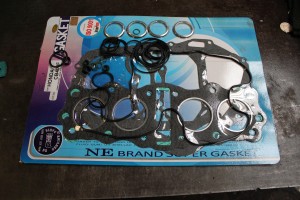
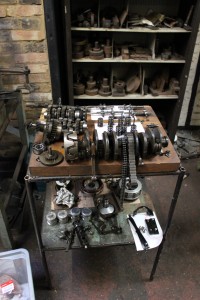
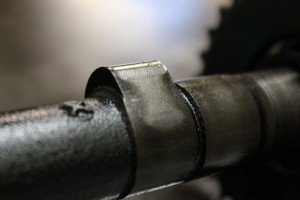
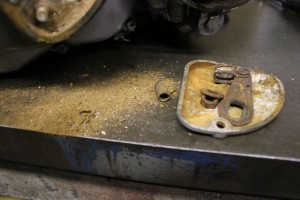
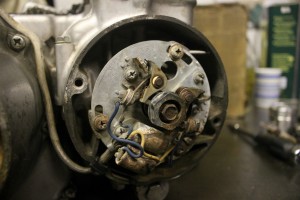
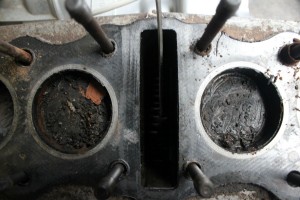
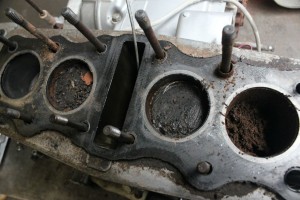
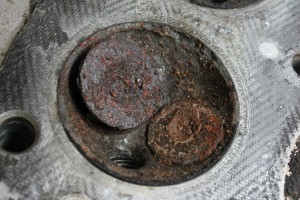
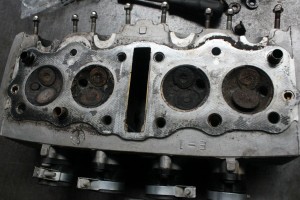
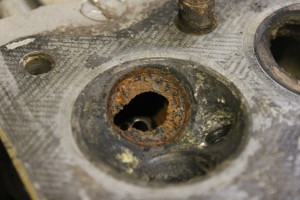
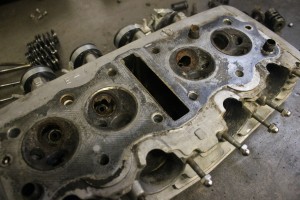
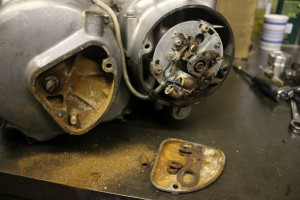
First-class engineering knowledge! I wish I lived nearer so I could get you to look at my Honda!